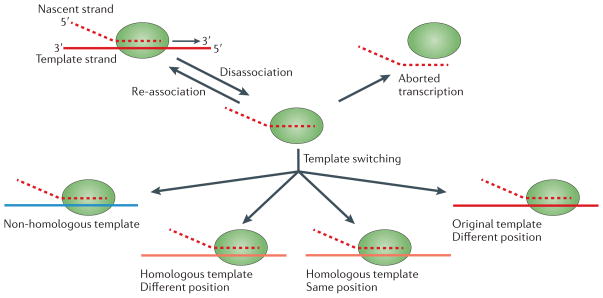Figure 2. Potential consequences of a disassociation event during viral transcription.
Following disassociation of the viral polymerase and the nascent nucleic acid from the template, the polymerase has to find a template or the transcription process will abort. This re-association event can take place on the same template (red), at the same genomic position or at a different position. Alternatively, the polymerase can associate with a homologous template (orange), again either at the same genomic position or at a different position. Finally, re-association can take place on a non-homologous template, such as a cellular RNA (blue). Of all these possible RNA recombination events, those occurring at the same position on a homologous template are the most likely to generate functional progeny.

